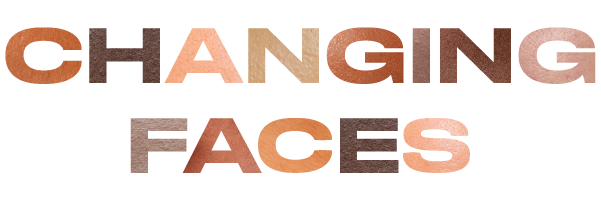Instagram’s Face Taping Trend Is A Cause For Concern
The use of face tape emphasises the falsehood that there is only one type of face to aspire to, which can only have a detrimental effect on self-esteem.
More and more women are seeking surgical treatment such as face lifts and PDO threads to permanently achieve the taut face look.
I notice how much I have internalised these unattainable beauty standards of smooth, youthful skin when I find myself panicking over forgetting my sunglasses or my eye cream.







